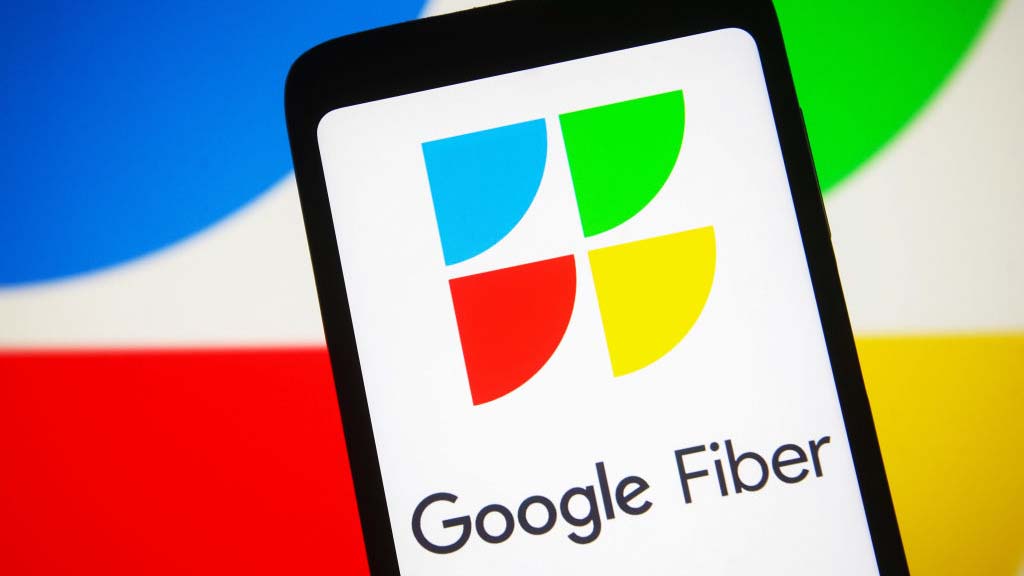GFiber Demonstrates Network Slicing to Improve Home Internet Performance
Network slicing enables the segmentation of a customer’s home network into different ‘lanes,’ each optimized for a specific use

MOUNTAIN VIEW, Calif.—Alphabet’s GFiber, the broadband provider formerly known as Google Fiber, has announced that it recently worked with Nokia to demonstrate network slicing.
Network slicing enables the segmentation of a customer’s home network into different “lanes,” each optimized for a specific use, the operator said.
The GFiber Labs demonstration used gaming as the test scenario. Two gaming consoles were operated side by side while congestion was introduced into the network using a traffic generator. As expected, the network experienced lag, stuttering and pixelation, GFiber said.
Then, a dedicated lane—or “slice”—was created to reserve bandwidth specifically for gaming traffic. The result: the driving game demo transitioned from jittery and glitchy to smooth and responsive.
In announcing the results, GFiber noted that in the long term, network slicing has the potential to significantly change how home internet functions, particularly when driven by user needs.
Traditional one-size-fits-all connections treat all traffic equally. However, internet usage varies: gamers prioritize latency, remote workers require video stability, home businesses depend on uptime and security, and emerging applications such as AI and VR may demand next-level performance. Network slicing could provide a way to improve network performance by enabling real-time customization for the individual needs of a household and its users, the operator explained.
This provides customers with the ability to tailor their internet connection to the categories of use that matter most in their homes. Rather than prioritizing traffic behind the scenes, this approach offers more control, flexibility and ways to achieve optimal performance when needed, GFiber said.
The professional video industry's #1 source for news, trends and product and tech information. Sign up below.
There is also potential for “transactional slices”—temporary, automated slices that activate for a few seconds to secure sensitive activities such as financial logins. These slices could connect users directly to services like banks without routing traffic across the broader internet, enhancing security without disrupting the user experience, the operator said.
Network slicing also represents the next logical step in GFiber’s service evolution, particularly for its lifestyle products—Core, Home and Edge—which are designed to align with the diverse ways people live and work. This new capability adds real-time customization and control at the network level.
However, further development, particularly in automation, is needed before network slicing can be deployed more broadly, GFiber said.
GFiber reported that it plans to continue its collaboration with Nokia later this year to explore implementation strategies.
George Winslow is the senior content producer for TV Tech. He has written about the television, media and technology industries for nearly 30 years for such publications as Broadcasting & Cable, Multichannel News and TV Tech. Over the years, he has edited a number of magazines, including Multichannel News International and World Screen, and moderated panels at such major industry events as NAB and MIP TV. He has published two books and dozens of encyclopedia articles on such subjects as the media, New York City history and economics.

